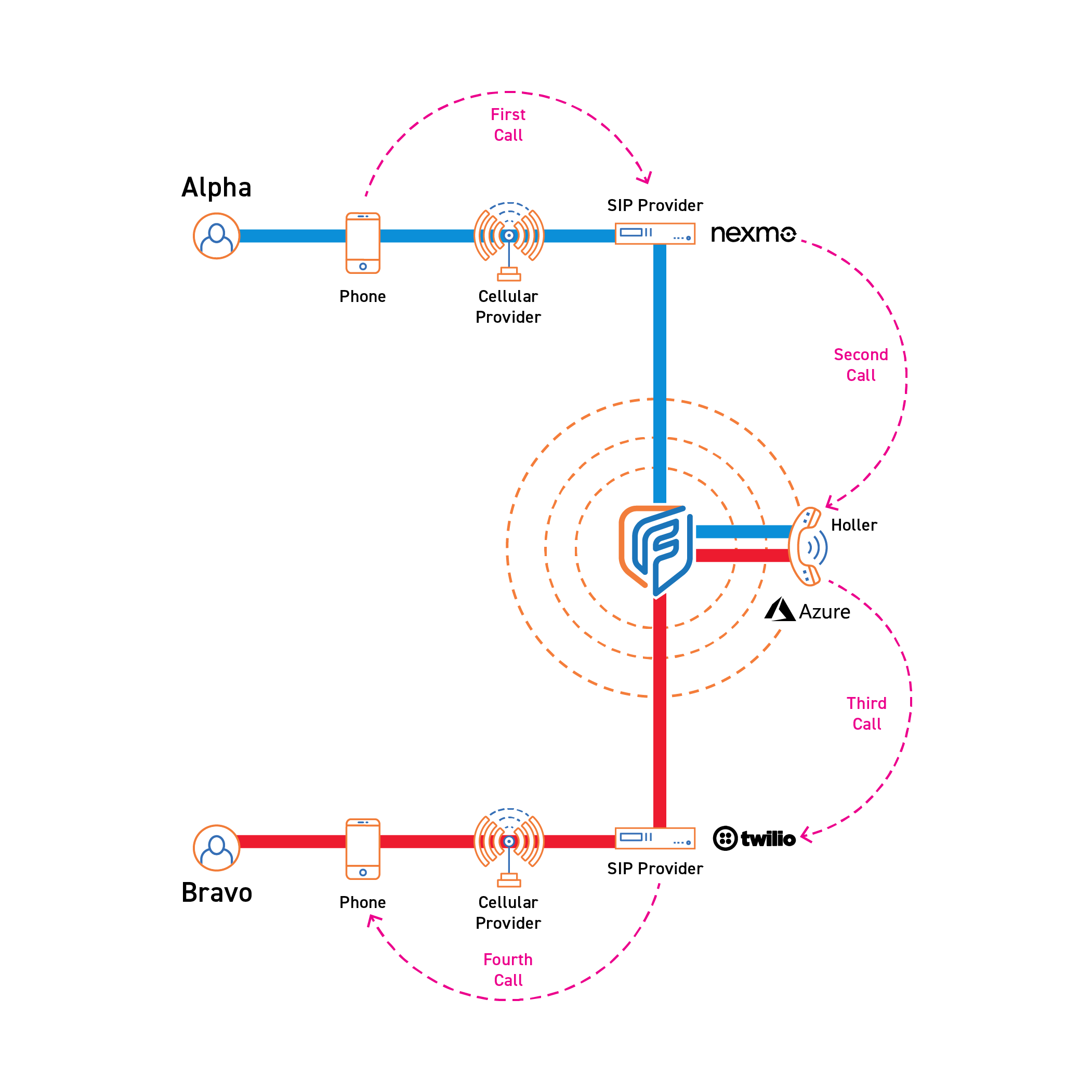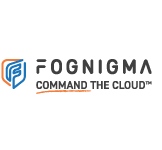MISATTRIBUTED TELEPHONY
Holler
Conceal your number, identity, and who you’re calling with Holler, Fognigma’s encrypted telephony solution.
Misattribution & Anonymity
Holler disassociates the caller from the receiver by using disposable SIP numbers as intermediaries for call chains, persona calling cards, SMS forwarding to/from a chat server, and more. There is no way to link the caller and receiver because true numbers are never revealed.
BYOD
Holler works with any phone without requiring software installation, as well as desktops and VDIs with softphone software. Make and receive misattributed calls and texts from mobile phones, laptops and desktops, or Fognigma VDIs.
Global Reach
Holler leverages SIP numbers from up to 5 providers to ensure global reach. Make and receive calls from anywhere, using localized numbers from around the world to create an authentic presence during operation.
Efficient Administration
Holler’s user-friendly interface allows administrators to configure misattributed telephony capabilities in under a minute. If a number is compromised, it can be replaced with a new one in seconds.
Anonymously Call & Text Anyone, from Anywhere
Holler helps organizations to misattribute and anonymize the numbers and identities of callers and recipients, and enables efficient management of multiple businesses, roles, teams, or personas – without requiring new software, phone lines, or devices.
HOLLER IN ACTION
Scenario: Anonymizing Call Chain
An organization (located in the U.S.) needs to communicate with an agent in an unsecure location on the other side of the world (located in Belgium) without risking the exposure of the agent or the organization.
From the Holler interface, the admin creates a chain by entering the headquarters number, the agent’s number, and selecting two SIP numbers to be intermediaries and facilitate the chain.
The first SIP number, which resides within Holler’s PBX in the Fognigma network, is dialed from the designated number from U.S. cellular infrastructure to initiate the chain.
Holler routes the call from the first SIP number to the second, which can originate from a location appropriate to the agent’s mission location, bouncing the call for additional obfuscation.
The second SIP connects to the agent’s phone and that number is displayed on the agent’s caller ID. The agent answers the call and speaks to the admin at headquarters, without creating any associations between them.

